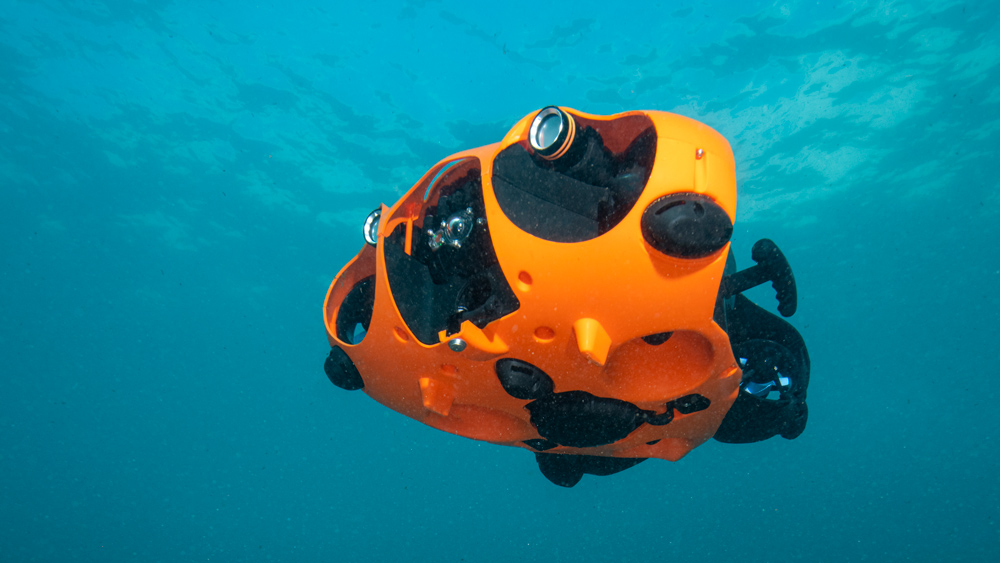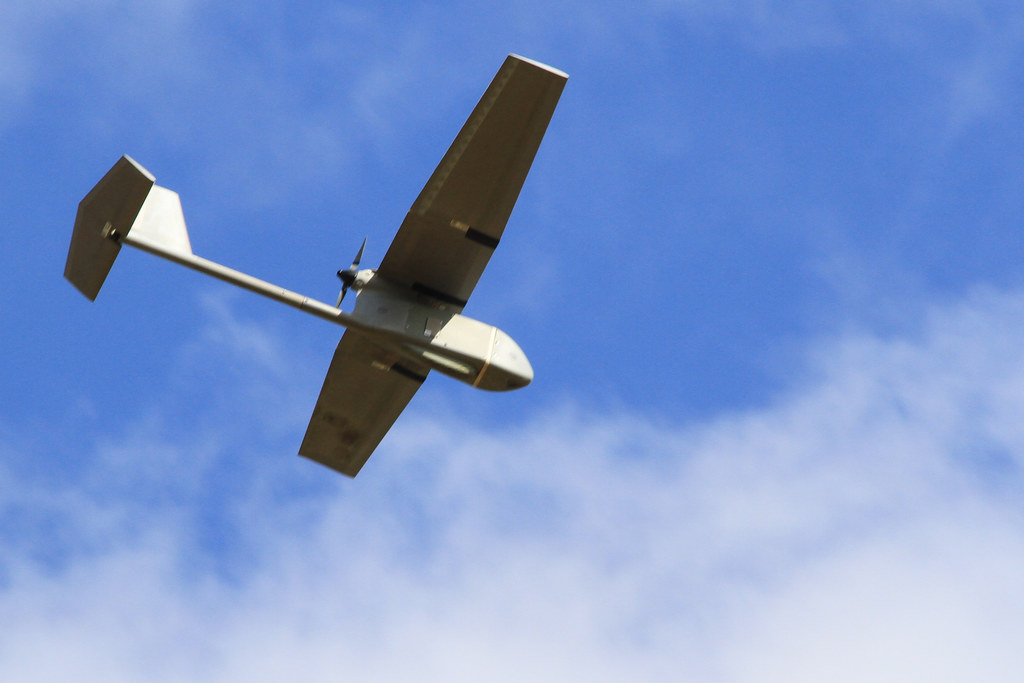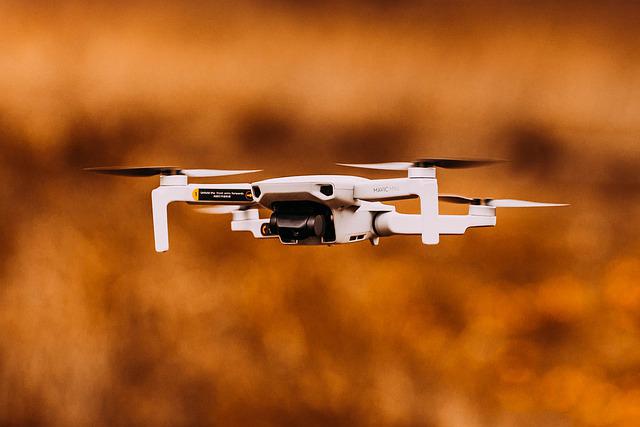
Interpretative guidance has been issued by the ICRC on armed UAVs, and british UAVs. In this article, we will look at the military strategy behind these UAVs. We'll also discuss their implications for our current war. While the military may have good reasons for using these drones, that doesn't mean we shouldn't be able to have our say. Here's a look at how armed UAVs (and drones) have transformed the way we fight war and what this means for our safety.
ICRC Interpretative Guidance on British Drones
There is much confusion about the application of international humanitarian law to UK drone strikes. Drone strikes don't fall under the rule of distinction. Drones that are autonomous should not be considered to violate the principle proportionality. Professor Noel Sharkey explains that a robotic operator can not perform subjective balancing and calculate value. The implications of this are serious.
ICRC guidance regarding armed UAVs
The use of armed drones poses significant challenges for civilian populations. Although armed drones are still in their infancy, widespread use of unmanned aerial vehicles presents significant challenges. Drone strikes can be used for the purpose of targeting enemy troops or assets, but they also pose a danger to the civilian population. The Geneva Call reminds parties that all armed drone strikes must comply with IHL principles. The Geneva Call also urges the parties to establish policies governing the use of armed drones, such as ensuring that drones are directed against a military objective while minimizing the risk of civilian casualties. The guidance provides remedies for civilians affected by these strikes.

ICRC guidance on british helicopters
Interpretive Guidance from the ICRC about British drones contains many positive features, including the immense expertise of its Legal Division. It improves our understandings of "direct participation" but also contains numerous flaws. We will examine these fault lines, and discuss the implications for international law. This article is intended for a larger audience.
Military strategy behind British drones
Drones have many uses and are increasingly in demand. Other nations began to explore this technology after the Vietnam War. New models developed and gained more endurance and height. They are now being used for the defense of Ukraine. They are also increasingly in demand by business and hobbyists across the globe. But what exactly is the Military strategy behind british drones? Dr. James Rogers discusses drones and their use in a variety purposes, including military and civil applications.
Concerns expressed by ICRC over armed UAVs
In Washington DC in June 2017, Peter Maurer, President of the ICRC, met with US President Obama's senior advisors. They discussed international humanitarian law's sufficiency, new battlefield developments and weapons and the role of the actors on and off the battlefield. He was concerned about the use of armed British drones to attack Afghanistan. This is contrary international humanitarian law.

FAQ
Can someone spy on your with a drone
A drone can be used to spy on anyone. You can protect yourself against drones by being aware of them and avoiding areas where they might fly. Call 911 immediately if you spot a drone flying about.
Where can I purchase a drone?
Many different drones are available online. Many people prefer to buy their drones online through Amazon, eBay or Walmart. Others choose to purchase their drones directly from manufacturers.
Can you fly a drone high without a licence?
The FAA does not limit the height of a drone. The FAA does require you to register unmanned aircraft systems (UAS), which include the registration number of your model, weight and size, serial numbers, manufacturer's names, date manufactured and other information.
What is the difference in a quadcopter from a hexacopter.
Quadcopters are four-rotor helicopters that fly like traditional helicopters. It has four rotors which rotate independently. A quadcopter has four rotors. The hexacopter has six. Hexacopters are stabler and more maneuverable than quadcopters.
How can I keep drones out of my house?
Drones are becoming increasingly popular for home surveillance, but they also threaten privacy and security. If you want drone attacks to be avoided, you can install motion sensors all around your property. These sensors will detect any flying objects that are not authorized.
Where Are Drones Banned?
The FAA bans drones flying in restricted areas such as airports, stadiums or sporting events, nuclear power stations, hospitals, prisons, and other sensitive areas. They are allowed to fly at night by using GPS technology.
What US states are drones legal?
It is legal to operate a drone as a hobby. The Federal Aviation Administration (FAA), has established guidelines that allow the use of small unmanned aircraft systems (UASs). These UASs must first be registered with FAA to be allowed to be flown. If certain conditions are met the FAA will allow commercial operators to fly these drones.
Statistics
- According to Indeed, a drone pilot gets paid $25.73 per hour on average in the US. (dronesgator.com)
- With the top 10% making over $100/h and the bottom 10% making as low as $10/h. (dronesgator.com)
- According to ZipRecruiter, the minimum hourly wage of drone pilots is $20. (thedroneu.com)
External Links
How To
How to Fly Drones with Beginners
A drone is an unmanned aerial vehicle that can be remotely controlled and used for surveillance, aerial photography, film production, research, and other hobby purposes. Drones have been in use since World War II. DJI introduced their Phantom series of quadcopters in 2010, but commercial use only began in 2010. From beginner-friendly drones such as Parrot AR Drone 2.0 through professional-grade multirotor craft like DJI Mavic Pro, many types have been available.
There are several ways to fly a drone, including;
-
Remote control – This is when you attach a device to your hand that allows you to control the drone's flight path. There are two main types of controllers: On/Off switches (like a radio) and joysticks.
-
Manual Control – This method lets users remotely control the drone by using a smartphone app. Follow the instructions of the app to track the exact location you want the drone go.
-
Autonomous Flight - This method involves leaving the piloting duties to the drone itself. It's basically flying autonomously without any human intervention. It must have a builtin camera, sensors capable of taking images and data to enable autonomous flight.
-
Triggered Flight: This is similar in concept to manual control. The pilot manually creates a route and the drone then follows it until it reaches that endpoint. The drone automatically lands once the route has been completed and returns to the base.
-
Landing Gear- Some drones include landing gear that allows for safe landing if the power goes out or they run out of batteries.
-
Goggles: Some pilots use goggles in order to protect themselves against debris when operating.
-
Camera - You can capture photos and videos with your drone from the air.
-
Obstacles – Some drones have obstacle avoidance systems that stop them from colliding with obstacles.
-
Speed - Some drones can travel at speeds over 40 mph.
-
Battery Life - Most drones can last between 20 minutes to 3 hours, depending on how much power you're using.
-
Range - Some drones can travel upto 30 miles depending on their models.
-
Power source: Some drones will require an external power source while others can be powered by internal batteries.
-
Weight - Some drones can be as light as 1 pound while others can reach 4 pounds.
-
Size - From small drones that can be carried in the palm of one's hand to larger drones that weigh over 50 pounds, drones come in a variety of sizes.
-
Price - From high-end models that cost thousands of dollars to low-cost options that start at $100, all drones fall under a certain price category.